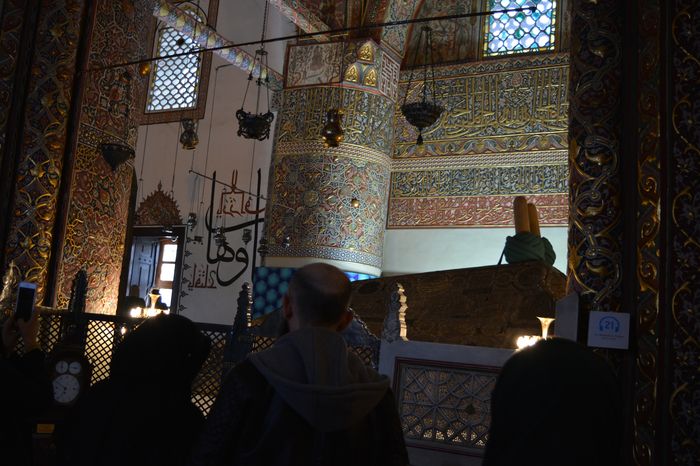The religious staff, along with the Palace’s Imam and the Sultan’s Imam, conducted the final rituals under the Harem’s supervision. After prayers, they lifted the coffin and placed it temporarily on a stone, while muezzins chanted “Allahu Ekber” (God is most great).
Procession to the Middle Gate
The Sheikhulislam, Kaymakam Pasha, the Admiral, and other officials gathered at the ritual site. Sultan Selim III saluted the funeral before the audience hall’s door. Then, high officials carried the coffin to the Middle Gate.
Transition to the Old Harberdiers
At the Middle Gate, the old harberdiers took over the coffin’s carriage. The Sheikhulislam, Kaymakam Pasha, and the Admiral wore ceremonial attire, while others dressed either in ceremonial furs or ordinary clothes Istanbul Fun Tours.
Traditional Attire
Despite the tradition dictating official attire for procession participants, some wore ordinary clothes, as evidenced by historical accounts.
Inclusion of Officials
High officials, including the Governor of Istanbul, joined the procession, along with some learned men and individuals from the Medresse.
Burial and Final Respects
Following the burial at the Noble Tomb, Kaymakam Pasha, after attending prayers and paying respects, arranged for the deceased’s final resting place with the assistance of the Harem’s chief black eunuch.
This account portrays the ceremonial customs and protocols observed during the funeral procession of Sultan Abdulhamit I, emphasizing the participation of various high officials and the meticulous attention to traditional attire.









